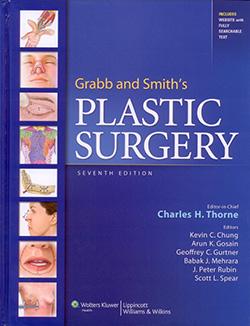Facelifting addresses only ptosis and atrophy of facial tissues. It does not address, and has no effect on, the quality of the facial skin itself. Consequently, facelifting is not a treatment for wrinkles, sun damage, creases, or irregular pigmentation. Fine wrinkles and irregular pigmentation are best treated with skin care and resurfacing procedures (see Chapters 13 and 44). Deep creases, such as the labiomental creases, may be improved by facelifting. Other facial creases, however, will not be improved by facelifting (nasolabial creases), and even if improved somewhat, will still require additional treatment in the form of fillers or muscle-weakening agents (see Chapters 45 and 46).
The above disclaimer not withstanding, the facelift is the single most important and beneficial treatment for most patients older than age 40 years who wish to maximally address facial-aging changes.
Patients have individual aging patterns determined by genetics, skeletal support, and environmental influences (Fig. 49.1). Some combination of the following, however, will occur in every patient (those characteristics improved by facelifting are in bold print):
A minority of aging characteristics is improved by facelifting. Those that are addressed, however, are of fundamental importance to the attractive, youthful face. The facelift confers another benefit that is more difficult to define. Aging results in jowls and a rectangular lower face. A facelift lifts the jowls back into the face, augmenting the upper face and narrowing the lower face, producing the “inverted cone of youth.” This change in overall facial shape from rectangular to heart-shaped is subtle but real, and is a benefit that no other treatment modality can provide.

Dr. Thorne is the Editor-in-Chief and the author of several chapters in Grabb and Smith's PLASTIC SURGERY, 7th Edition.
